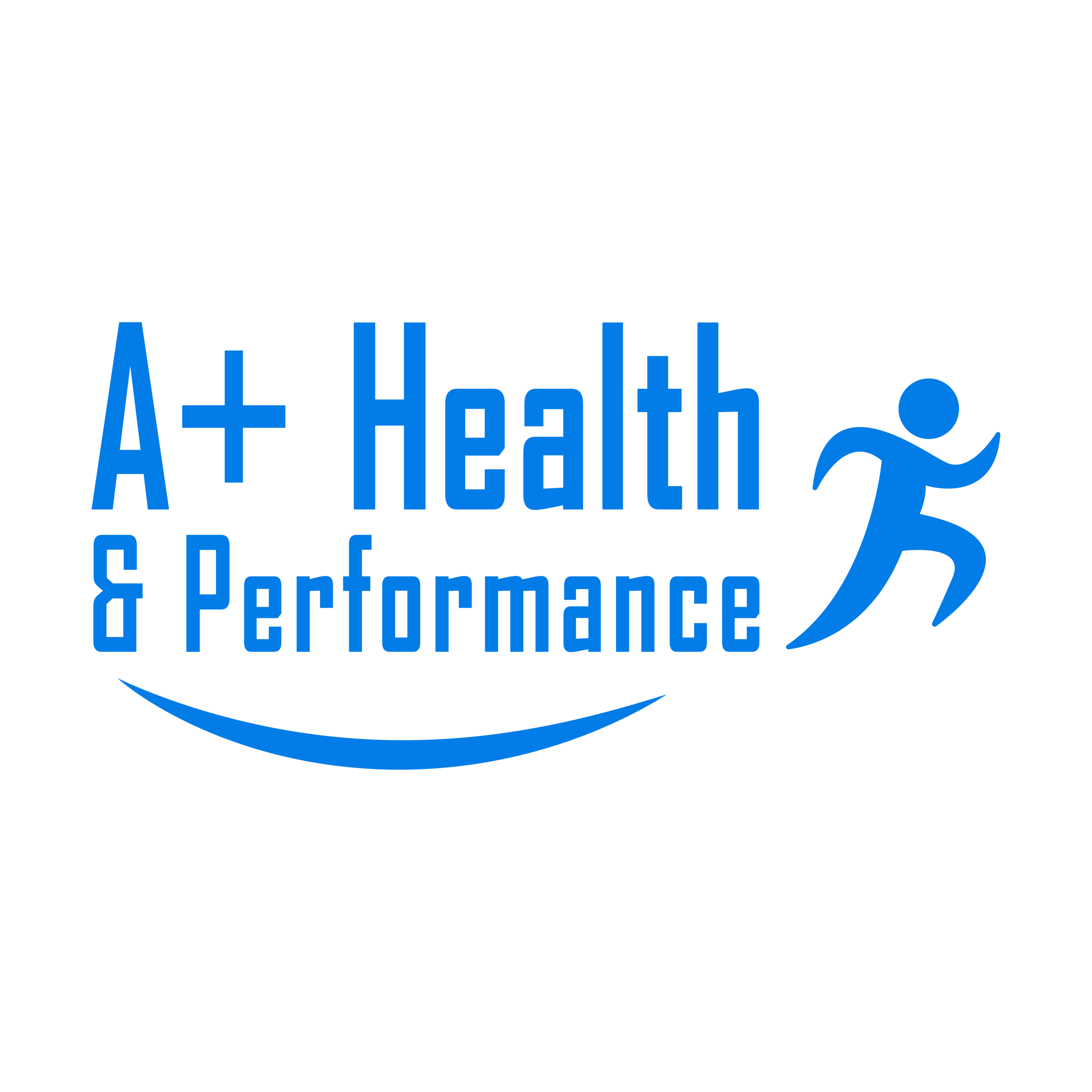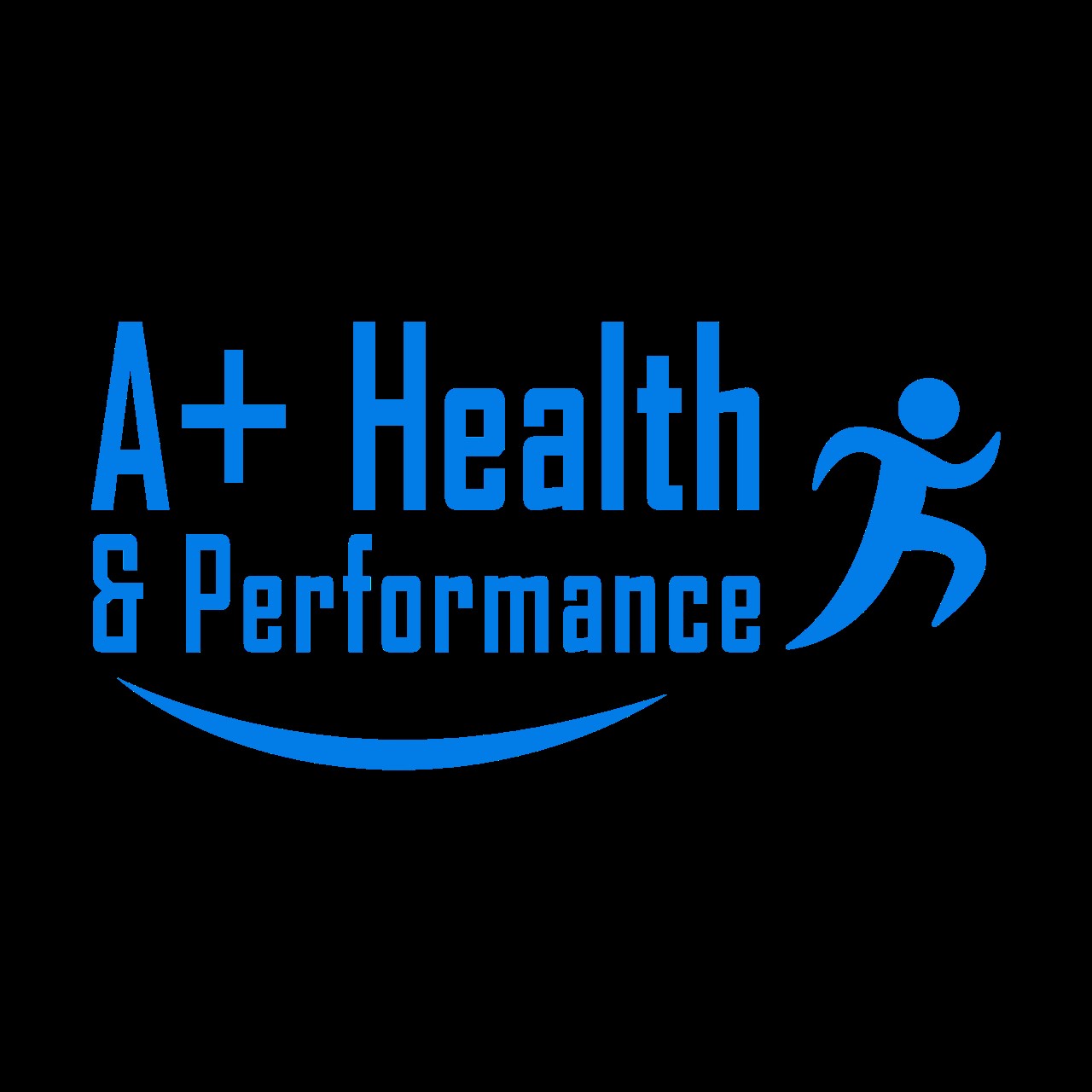Why Physical Activity is Important for Men's Health
Exercise is an important factor in the health and lifestyles of all Australians but men in particular suffer higher rates of disease and lower life expectancy compared to women. The question is why is this the case?
The notion of Aussie masculinity in combination with the stereotypical laid-back, relaxed attitude may be a major contributing factor in men not seeking appropriate help, support and medical services to promote optimal health and well-being.
Men’s health has now become recognised as a ‘critical issue’ with the ‘Vienna Men’s Health Declaration’ established in 2002 and several other awareness campaigns becoming prominent in recent years. November has now become synonymous with Movember, a month long global campaign aimed at creating change and raising awareness of men’s health issues including cancer, mental health and suicide prevention. Similarly Men’s Health week in Australia is designed to further raise awareness of key men’s health issues and their specific needs.
Exercise has many benefits in the prevention and management of almost all chronic diseases along with improving quality of life, health and fitness of men of all ages. Most chronic diseases are largely preventable and certain risk factors are modifiable such as physical inactivity, which has been proven as the leading cause of chronic disease world-wide. Physical activity levels can be improved through greater education of males of all ages and raising awareness of the impacts of a sedentary lifestyle.
A brief snapshot of the health of the 12 million Aussie blokes:
* Only 49% of 18-64yrs are sufficiently active, with only 25% sufficiently active in the 65+ age group.
* 70% are overweight or obese.
* Men are 3 times more likely to commit suicide, which is the greatest cause of death in men 25-44yrs.
* 1/6 suffer depression and/ or anxiety.
* 86% over 65yrs suffer a chronic disease, which is a disease that has persistent long lasting effects on health.
Benefits of regular physical activity and exercise include:
* Physical- increase in cardiorespiratory fitness, strength, muscle mass, bone density, mobility and joint health, energy levels along with better management of blood pressure and blood glucose levels.
* Psychological- reduce stress, improve mental health, sleep quality, mood, self-esteem and confidence.
* Social- develop friendships, confidence, communication, networking with others and enjoyment.
Physical activity can include any type of movement including general daily activities and incidental activity whereas exercise is planned, structured and goal focussed. Men should try to be active on a daily basis and any physical activity is better than nothing, start slowly and gradually increase duration as able.
Most prevalent chronic diseases in men, and how exercise can benefit:
1. Cardiovascular disease- reduced risk of heart disease through improving cardiovascular fitness, heart health, aerobic capacity and endurance.
2. Back pain- improve strength, movement, mobility, stability, posture and pelvic control.
3. Mental health- increase feelings of well-being, endorphin release, reduce stress, improve sleep patterns and develop social networks.
4. Arthritis- improve musculoskeletal strength and resilience, joint mobility and range of movement, bone health, pain management.
5. Asthma- manage symptoms, improve cardiorespiratory fitness to reduce fatigue and breathlessness.
6. Diabetes- manage blood glucose levels, improve glucose tolerance and insulin efficiency, increase muscle mass, promote weight management.
Physical Activity Recommendations for Adults 18-64:
* Perform at least 150min of moderate physical activity per week- eg. walking, running, cycling, gardening, swimming, group activities, team sports etc
* Perform 2 strength training sessions per week- including body weight exercises, home based, gym, park, circuit training or groups.
These are the basic recommendations only, for greater health and fitness benefits exercise intensity and duration can be increased progressively depending on the individual’s goals and ability.
Take away recommendations:
1. Start NOW, become active, set a goal and commit to a routine but include some variety.
2. Include social activities and engage some mates along the way, make it enjoyable, attend group activities, participate in team sports or sign up for an event.
3. Consider diet, alcohol intake and other lifestyle modifications to further improve health and well-being for the long term.
Statistics from aihw.gov.au


